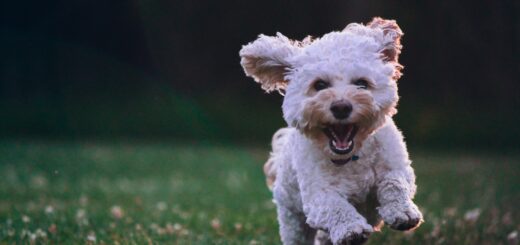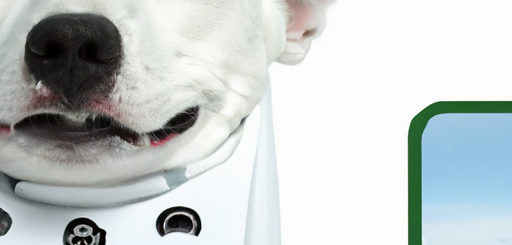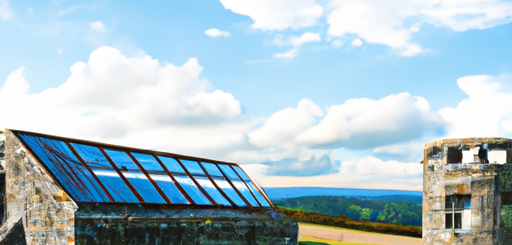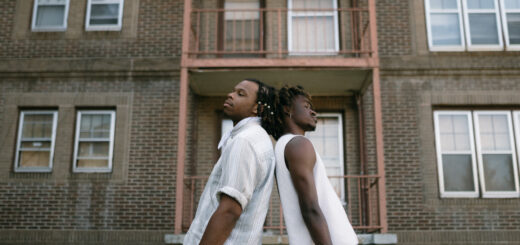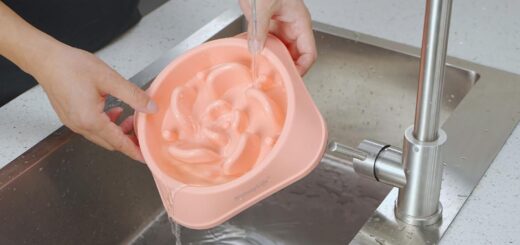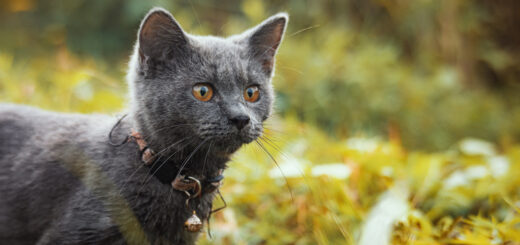Puppy Training Essentials: Socialization, Basic Commands, And Housebreaking
In this article, you will learn all about Puppy Training Essentials! Training a puppy can be fun and rewarding, but it’s important to start early. First, we’ll talk about socialization, which means helping your puppy feel comfortable around new people and places. Then, we’ll cover basic commands like sit, stay, and come, which will help you communicate with your furry friend. Finally, we’ll discuss housebreaking, which is teaching your puppy where to go potty. Whether you have a cute Cane Corso, a speedy Greyhound, or any other type of dog, these training essentials will help you and your puppy have a happy and well-behaved life together!
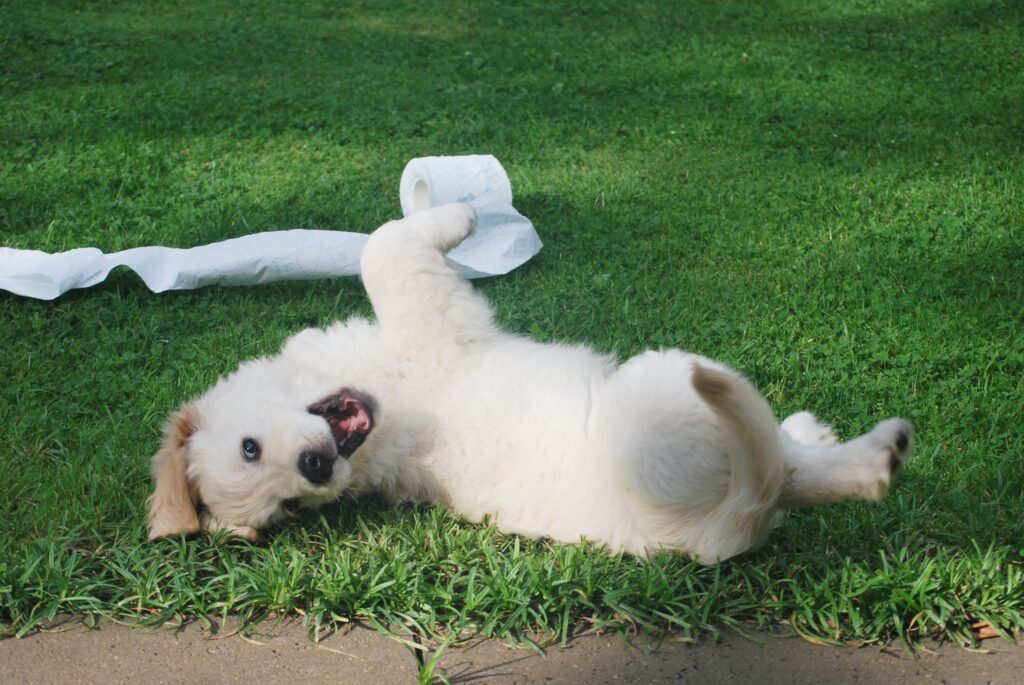
This image is property of images.unsplash.com.
Socialization
What is socialization?
Socialization is the process of introducing your puppy to various experiences, environments, people, and animals in a positive and safe way. It helps them become confident, well-rounded, and friendly dogs. Through socialization, puppies learn how to interact appropriately with others and how to handle new situations.
Why is socialization important?
Socialization is important because it sets the foundation for a well-behaved and happy dog. It helps prevent behavioral issues such as fear, anxiety, aggression, and excessive barking. When a puppy is properly socialized, they are more likely to be comfortable in different environments, enjoy the company of other animals and people, and experience less stress in new situations.
When should socialization begin?
Socialization should begin as early as possible. The critical socialization period for puppies is between 3 to 14 weeks of age. During this time, they are like sponges, absorbing everything around them. It’s important to expose them to a wide variety of experiences, sounds, sights, smells, and sensations during this period to help them form positive associations and build confidence.
How to socialize your puppy
To socialize your puppy, start by slowly introducing them to new experiences. Begin with quiet, calm environments and gradually increase the level of stimuli as they become comfortable. Take them on walks in different locations, such as parks or busy streets, and let them meet and interact with other friendly dogs and people. Use treats and positive reinforcement to reward them for calm and confident behavior.
Socialization with other dogs
To socialize your puppy with other dogs, start by arranging playdates with dogs you know are friendly and well-behaved. Choose neutral territory, such as a park or a fenced backyard, and let them interact under supervision. Observe their body language and intervene if necessary. Gradually introduce them to different sizes, breeds, and ages of dogs to help them become comfortable in various social settings.
Socialization with other animals
Socializing your puppy with other animals is important to ensure they can coexist peacefully. Start by slowly introducing them to other pets in your household. Use positive reinforcement and treats to reward calm and respectful behavior. If your puppy is wary of other animals, consult a professional trainer or behaviorist for guidance on how to safely socialize them.
Socialization with people
Your puppy should be comfortable and friendly around people of different ages, sizes, and appearances. Encourage your friends and family members to interact with your puppy, providing treats and praise for good behavior. Take your puppy to different public places, such as pet-friendly stores or cafes, where they can meet and greet unfamiliar people. It’s important to teach your puppy that meeting new people is a positive experience.
Socialization with different environments
Expose your puppy to a variety of different environments to help them become adaptable and confident. Take them for car rides, walks in urban areas, visits to parks, or trips to the countryside. Allow them to explore different surfaces, such as grass, sand, or concrete. Introduce them to new sounds, such as fireworks or vacuum cleaners, gradually and at a safe distance. Gradually exposing your puppy to these environments will help them feel comfortable and secure no matter where they are.
Basic Commands
Why teach basic commands?
Teaching your puppy basic commands is essential for their safety, well-being, and overall obedience. Commands help to establish a line of communication between you and your puppy, ensuring they understand and can respond to your instructions. Basic commands also provide mental stimulation for your puppy and help prevent behavior problems by teaching them impulse control and appropriate behavior in different situations.
When to start teaching basic commands
You can start teaching basic commands as soon as you bring your puppy home. Keep in mind that puppies have short attention spans, so keep training sessions short and fun. The key is to use positive reinforcement, such as treats, praise, and play, to reward your puppy for successfully performing the commands.
Sit command
The “sit” command is one of the most important and useful commands to teach your puppy. Start by holding a treat close to their nose and slowly move it upwards, causing their head to naturally tilt back. As their head goes up, their bottom will naturally lower into a sitting position. Once they are in a seated position, say the word “sit” and give them the treat. Repeat this process several times until they can sit on command without the treat lure.
Stay command
The “stay” command teaches your puppy to remain in one place until you give them permission to move. Begin by asking your puppy to sit. Once they are in a sitting position, place your hand in front of their face and say the word “stay” while taking a step backward. If they stay in place, reward them with a treat and praise. Gradually increase the distance and duration of the stay command as your puppy becomes more reliable.
Lie down command
The “lie down” command teaches your puppy to lay down on command. Start with your puppy in a sitting position. Hold a treat in front of their nose and slowly move it down towards the ground. As they follow the treat with their nose, their body will naturally lower into a lying position. Once they are lying down, say the word “down” and give them the treat. Practice this command repeatedly until your puppy can lie down on command without the treat lure.
Come command
The “come” command is crucial for your puppy’s safety and allows you to call them back to you in any situation. Begin in a distraction-free environment, such as your home or a fenced yard. Get down to your puppy’s level and enthusiastically call their name followed by the word “come.” As they approach you, reward them with a treat, praise, and affection. Gradually increase the level of distraction and practice the command in different environments.
Leave it command
The “leave it” command is essential for preventing your puppy from picking up or eating potentially dangerous objects. Start by holding a treat in your closed fist and showing it to your puppy. Say the words “leave it” and wait for them to lose interest in trying to get the treat from your hand. As soon as they divert their attention or make eye contact with you, reward them with a different treat and praise. Practice this command with different objects and gradually increase the level of difficulty.
Drop it command
The “drop it” command teaches your puppy to release or drop an object from their mouth. Start by playing with a toy that your puppy enjoys. Offer them a treat and say the word “drop it” as they release the toy from their mouth. Reward them with the treat and praise. Repeat this process with different toys and objects, gradually increasing the level of difficulty.
Heel command
The “heel” command is used to teach your puppy to walk calmly beside you on a leash without pulling. Start in a quiet area with your puppy on a leash. Hold treats close to your leg and walk forward slowly. Encourage your puppy to walk beside you by saying the word “heel” and rewarding them with treats for walking in the correct position. If they start to pull, stop walking and wait for them to return to the correct position before continuing. Practice this command in different environments, gradually increasing the distractions.
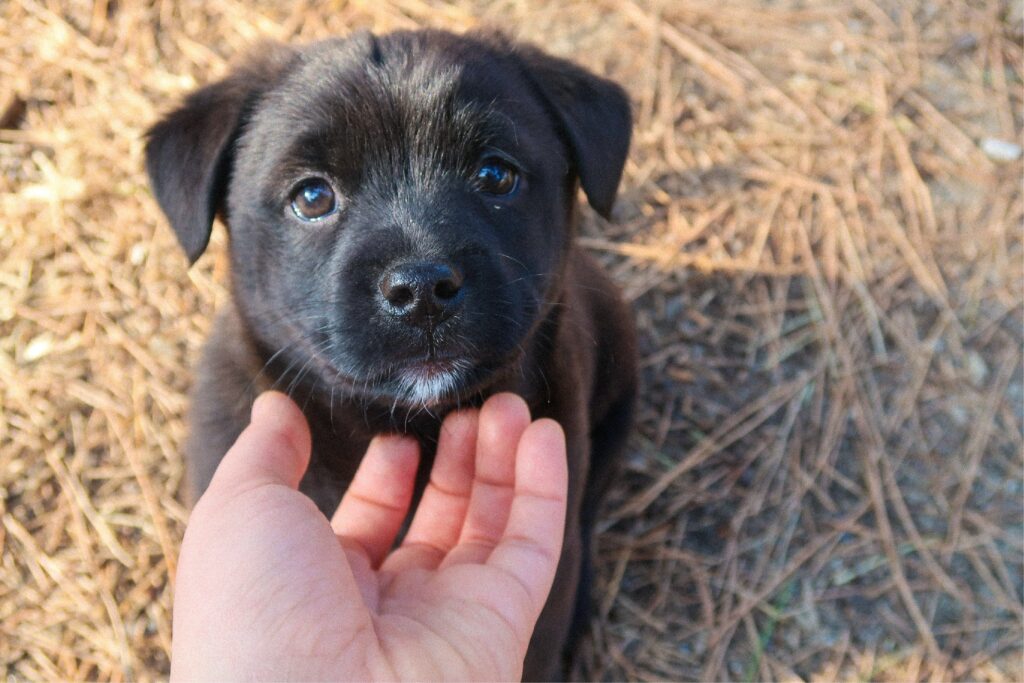
This image is property of images.unsplash.com.
Housebreaking
What is housebreaking?
Housebreaking, also known as potty training or toilet training, is the process of teaching your puppy where and when it is appropriate to eliminate waste. It involves cultivating good bathroom habits and preventing accidents inside the house. Housebreaking is an essential part of puppy training to establish cleanliness and prevent future behavioral problems.
Why is housebreaking important?
Housebreaking is important because it allows your puppy to learn proper elimination habits and establishes a hygienic environment for both you and your pup. By teaching your puppy to go outside to eliminate, you prevent messes and odors inside your home. Additionally, a successfully housebroken puppy will have better bladder control and be more comfortable and happy.
When should housebreaking begin?
Housebreaking should begin as soon as you bring your puppy home. Puppies have limited bladder control and will need frequent opportunities to go outside to eliminate. Start by establishing a routine and being consistent in taking your puppy outside to designated potty areas. With patience and consistency, your puppy will learn where and when to go to the bathroom.
Crate training
Crate training is a valuable tool for housebreaking your puppy. It involves using a crate or a small, enclosed space to create a den-like environment for your puppy. Dogs naturally avoid soiling their sleeping area, so by confining them to a crate when unsupervised, you can prevent accidents inside the house. Gradually introduce your puppy to the crate, making it comfortable and positive through treats, toys, and praise.
Establishing a routine
Establishing a routine is crucial for successful housebreaking. Dogs thrive on predictability, so having a set schedule for feeding, playtime, and potty breaks helps your puppy learn when to expect bathroom opportunities. Take your puppy outside to the designated potty area after meals, play sessions, naps, and immediately after waking up. Reward them with treats and praise for eliminating in the appropriate place.
Positive reinforcement
Positive reinforcement is the key to successful housebreaking. When your puppy eliminates in the designated potty area, immediately reward them with treats, praise, and affection. This positive association will reinforce their understanding that going potty outside is a good behavior. Avoid scolding or punishing your puppy for accidents, as this can create fear or anxiety around elimination.
Accidents and cleaning
Accidents are a normal part of the housebreaking process. When accidents happen, do not punish or scold your puppy. Instead, calmly clean up the mess using an enzymatic cleaner designed specifically for pet stains. This will remove the scent and discourage your puppy from using that spot again. Remember, accidents are often a result of miscommunication or inadequate supervision, so focus on prevention and patience.
Consistency and patience
Consistency and patience are key when housebreaking your puppy. It takes time for them to develop their bladder control and understand where and when to eliminate. Stick to the established routine, take them outside frequently, and offer lots of praise and rewards for successful potty breaks. With consistency and patience, your puppy will learn the proper bathroom habits and become reliably housebroken.
In conclusion, socialization, basic commands, and housebreaking are essential aspects of training for a happy and well-behaved puppy. Socialization helps your puppy become confident and well-adjusted, while basic commands provide important communication skills. Housebreaking establishes cleanliness and good bathroom habits. By following these training essentials and being patient with your puppy, you can set them up for a lifetime of success and happiness.
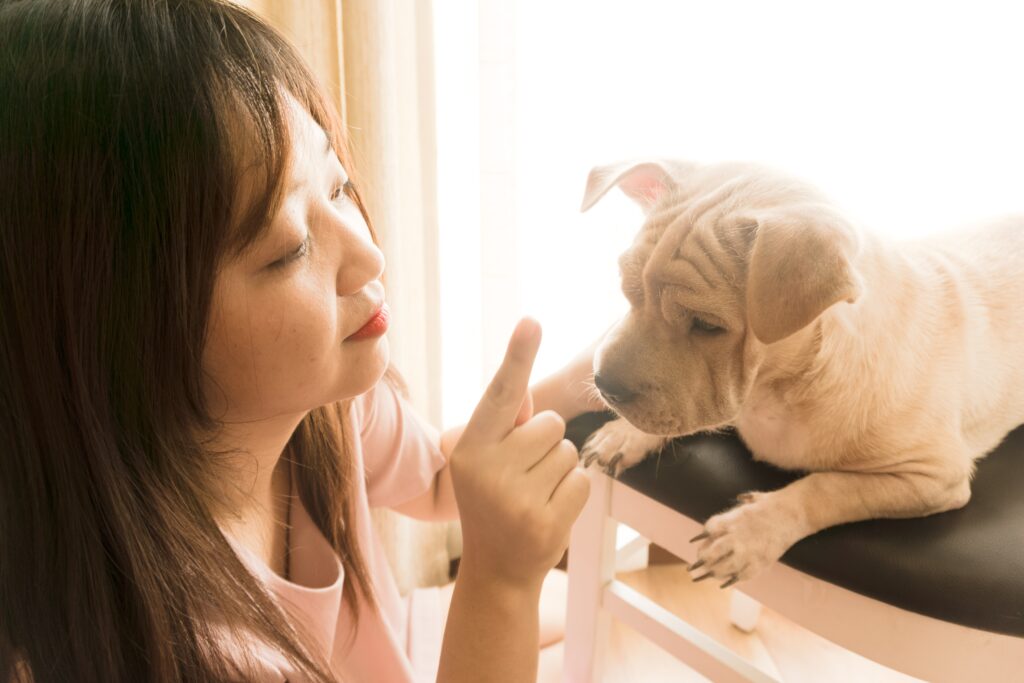
This image is property of images.unsplash.com.


